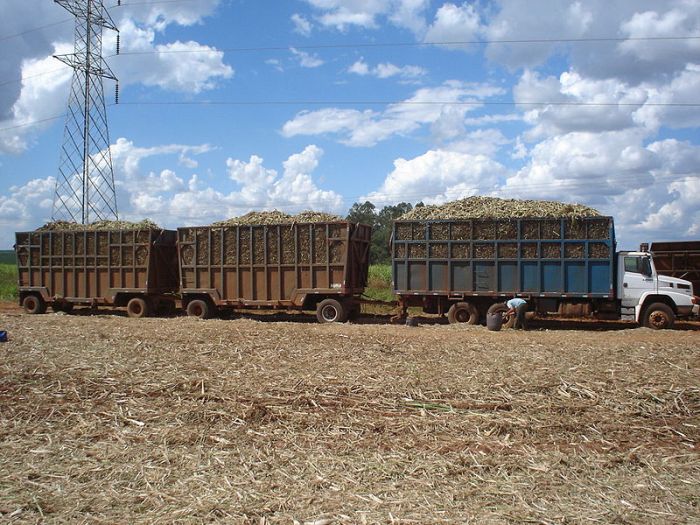Biochemical conversion of biomass involves use of bacteria, microorganisms and enzymes to breakdown biomass into gaseous or liquid fuels, such as biogas or bioethanol. The most popular biochemical technologies are anaerobic digestion (or biomethanation) and fermentation. Anaerobic digestion is a series of chemical reactions during which organic material such as human waste is decomposed through is decomposed through the metabolic pathways of naturally occurring microorganisms in an oxygen depleted environment.
Biomass wastes can also yield liquid fuels, such as cellulosic ethanol, which can be used to replace petroleum-based fuels.If you are writing an essay related to this topic experts from the best custom essay service in usa advise you to read and analyze the information provided in this article.
Anaerobic Digestion
Anaerobic digestion is the natural biological process which stabilizes organic waste in the absence of air and transforms it into biofertilizer and biogas. Anaerobic digestion is a reliable technology for the treatment of wet, organic waste. Organic waste from various sources is biochemically degraded in highly controlled, oxygen-free conditions circumstances resulting in the production of biogas which can be used to produce both electricity and heat. Biomass conversion technologies are slowing being built for home boilers also.
The team over at The Solar Advantage says this, ‘”Almost any organic material can be processed with anaerobic digestion. This includes biodegradable waste materials such as municipal solid waste, animal manure, poultry litter, food wastes, sewage and industrial wastes.”
An anaerobic digestion plant produces two outputs, biogas and digestate, both can be further processed or utilized to produce secondary outputs. Biogas can be used for producing electricity and heat, as a natural gas substitute and also a transportation fuel. A combined heat and power plant system (CHP) not only generates power but also produces heat for in-house requirements to maintain desired temperature level in the digester during cold season. In Sweden, the compressed biogas is used as a transportation fuel for cars and buses. Biogas can also be upgraded and used in gas supply networks.
Digestate can be further processed to produce liquor and a fibrous material. The fiber, which can be processed into compost, is a bulky material with low levels of nutrients and can be used as a soil conditioner or a low level fertilizer. A high proportion of the nutrients remain in the liquor, which can be used as a liquid fertilizer. Many companies are use R&D tax credits to carry out these initiatives.
Biofuel Production
A variety of fuels can be produced from waste resources including liquid fuels, such as ethanol, methanol, biodiesel, Fischer-Tropsch diesel, and gaseous fuels, such as hydrogen and methane. The resource base for biofuel production is composed of a wide variety of forestry and agricultural resources, industrial processing residues, and municipal solid and urban wood residues. Globally, biofuels are most commonly used to power vehicles, heat homes, and for cooking, apart from powering boilers.
The largest potential feedstock for ethanol is lignocellulosic biomass wastes, which includes materials such as agricultural residues (corn stover, crop straws and bagasse), herbaceous crops (alfalfa, switchgrass), short rotation woody crops, forestry residues, waste paper and other wastes (municipal and industrial). Bioethanol production from these feedstocks could be an attractive alternative for disposal of these residues. Importantly, lignocellulosic feedstocks do not interfere with food security.
Ethanol from lignocellulosic biomass is produced mainly via biochemical routes. The three major steps involved are pretreatment, enzymatic hydrolysis, and fermentation. Biomass is pretreated to improve the accessibility of enzymes. After pretreatment, biomass undergoes enzymatic hydrolysis for conversion of polysaccharides into monomer sugars, such as glucose and xylose. Subsequently, sugars are fermented to ethanol by the use of different microorganisms.




























